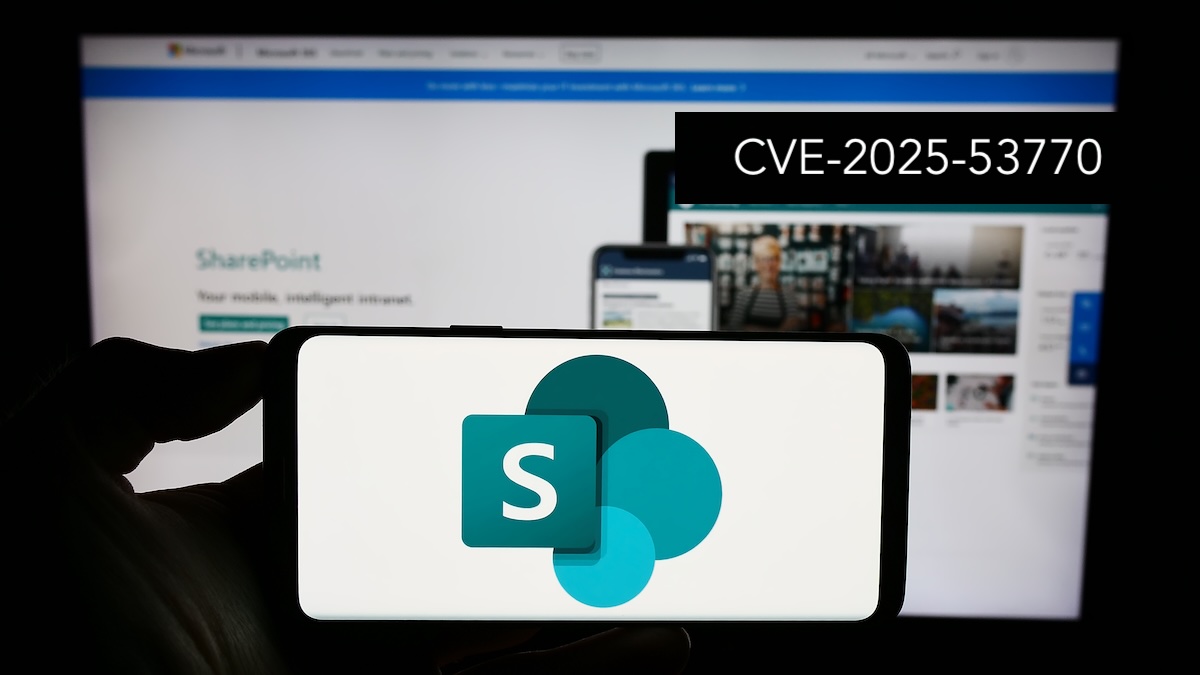However, open-source vulnerabilities also continue to rise each year, making it essential for organizations to use SCA tools.
Software Composition Analysis Tools help detect vulnerabilities, licenses, and potential quality issues and offer actionable insights to inform remediation. Furthermore, SCA tools enable dev teams to apply security and license compliance policies at scale.
But here’s the thing— there are plenty of SCA tools out there, and finding the right fit for your organization can cost you a hefty of time and resources. And even after trying multiple tools, you might not find the right one.
To help organizations choose the right tool without burning time, effort, and money, we’ve curated a list of the top 6 SCA tools with almost all the essential features.
But before diving into the list, let’s understand a little bit about SCA tools.
What are Software Composition Analysis (SCA) tools?
Software Composition Analysis tools are applications that allow software development teams to ensure license compliance and improve code security. Once any open source code is identified, the SCA tool can then identify whether there is any licensing information or security issue present within the code.

Licensing information may include whether any open-source code needs attribution and whether the licensing requirement adheres to the organization’s policies. On the security front, SCA tools can identify any weak points and suggest potential solutions based on the entire code base.
Why do Companies Need SCA Tools?
The need for license compliance and a low-security risk profile is also increasing with the rapidly increasing adoption of open source. Fortunately, SCA software can help organizations to achieve this.
Here are a few reasons why companies need SCA tools-
Core Features of SCA Tools-
These are the core features of SCA software offered by the vendors. We’ll be discussing them below-
Management of Open Source Compliance
Organizations leveraging open-source software in their products and services set up compliance programs to comply with the licensing requirements. This task is time-consuming, especially if there’s a large-scale adoption of open source.
SCA tools offer a certain level of automation and allow organizations to keep pace with development activities and stay compliant at the same time. This feature of the SCA tools, from a compliance perspective, had the following five core functionalities:
Identifying and Helping Mitigate Security Vulnerabilities
SCA tools now offer a subset of functionalities specifically dedicated to software security. Organizations worry about the security aspects, providing the highest number of open source contributors and sometimes coming from unknown sources. This, in turn, has led many vendors to start incorporating security as a part of their offerings.
Some of the crucial functionalities offered by SCA tools, from a security perspective and mentioned below-
High Signal-to-Noise Ratio
In order to make a powerful impact on an organization’s security and compliance posture, Developer Adoption is the key for any SCA tool. Here are the two ways SCA tools can help to facilitate-
Understanding the Health of Open Source Projects
There are multiple functionalities that help to check crucial metrics regarding the health of open-source projects.
With the growing number of open-source projects, organizations have started to depend heavily on open-source. The best approach in such a situation is to track the metrics related to the project’s health to assess if that is suitable for the project or not. Below are the core three areas coming under project health metrics functionalities-
CI/CD Integration
An effective SCA tool doesn’t only highlight security, compliance, or code quality issues but also allows the team to address them as soon as possible in the development lifecycle. The SCA tool entirely integrates into your existing CI/CD pipelines enabling users to continuously monitor code and fix issues before sending the application for production. Furthermore, as mentioned above, an SCA tool should be able to integrate with third-party platforms like Jira and GitHub to improve the developers' development process.
Best Software Composition Analysis (SCA) Tools
Now that you know the core features an SCA tool needs to have, you can just go out and start picking SCA tools to check which one’s the best fit, burning both time and money. Or you can use our list of best SCA tools and get the right one as soon as possible.
Here are the 6 best SCA tools available in the market-
Scantist

Scantist SCA is a unique and powerful platform that leverages its own proprietary vulnerability analysis engine to identify the open-source components and the associated vulnerabilities in an application. In addition, it is the only platform in the industry that allows for both source code and binary scanning integrated into a single dashboard.
Source code scanning is designed for developers to help them control the build phase of the development process. Binary scanning is designed for compliance and product teams with no access to source codes for legacy applications.
Features of Scantist:
Scantist SCA is developed to help you improve productivity and efficiency, even without security expertise. Here are the few key features of Scantist SCA-
FlexNet Code Insight
FlexNet Code Insight allows your company to manage open-source software (OSS) and third-party components. An end-to-end system, it assists development, legal, and security teams in reducing security risk and managing license compliance.
Features of FlexNet Code Insight:
Debricked

Debricked’s tool enables increased use of Open Source while keeping the risks aside. This, in turn, makes it possible to keep a high development speed without compromising security. Debricked’s service runs on ML, making the data quality outstanding and instantly updated.
Features of Debricked:
GitLab
GitLab is a full-fledged DevOps platform, delivered as a single application, evolving the way Development, Security, and Ops teams collaborate and build software.
Features of GitLab:
ShiftLeft

ShiftLeft is an application security platform that helps to analyze the complete flow of data through modern applications in minutes, allowing developers to release secure codes at scale. It can match the speeds of any DevOps environment and improve dev and security collaboration.
Features of ShiftLeft:
Mend (Formely WhiteSource)

Mend is another powerful SCA platform that is an industry leader in agile, open-source security and license management that integrates with the DevOps pipeline to identify vulnerabilities in open-source libraries in real-time. The tool has been providing SCA solutions for more than ten years and now also offers Static Application Security Testing (SAST) solutions to help organizations secure their proprietary code along with open-source code.
Features of Mend:
Things to Consider Before Buying SCA Tools
Here are a few things you should consider before investing in an SCA solution-
Vulnerability Data: After you get a Bill of Materials (BoM), it must be mapped to known vulnerabilities. The tools with varied data sources and their own research team amplifying the data will offer the most comprehensive and actionable vulnerability information.
License Data: License risks in open source can affect the organization. A tool that combines extensive coverage of open-source licenses with comprehensive discovery methods can significantly lessen that risk.
Integrations: With plenty of crucial third-party tools, choosing a platform that allows integrations is imperative.
Developer-friendliness: Developer adoption is the key. If an SCA tool is challenging to use or hinders the development cycle, it won’t be of much help. So it’s crucial to choose an intuitive and easy tool to set up, integrate with existing development workflows, and offer automated and actionable suggestions.
Language Support: Without the ability to support all the languages that are used while building your application, an SCA tool might not be of much help. For language support, verifying that an SCA tool offers security coverage for the core programming languages and frameworks used in your application is essential.
Dependency Analysis: Most vulnerabilities in open-source packages are identified in transitive dependencies. This means hidden dependencies introduce the majority of the vulnerabilities in an application. So for choosing an SCA tool, it is vital to verify that it can accurately identify all the dependencies in your application to provide in-depth analysis with full visibility.
Prioritization: The number of vulnerabilities in open source is increasing continuously, with over thousands of new vulnerabilities being detected every year. SCA tools will always detect hundreds of vulnerabilities that quickly pile into backlogs. Since it’s possible to fix all the vulnerabilities on the list, you need to decide which ones should be prioritized and fixed asap to reduce risks. There helps an SCA tool to prioritize well by going beyond CVSS scoring for risk management, providing in-depth application-level and business-level context on vulnerabilities, and automating the process of prioritization.
Conclusion:
SCA tools can detect open source components in applications automatically and regularly. Choosing the right tool can be tricky, so we created this listicle for you.




